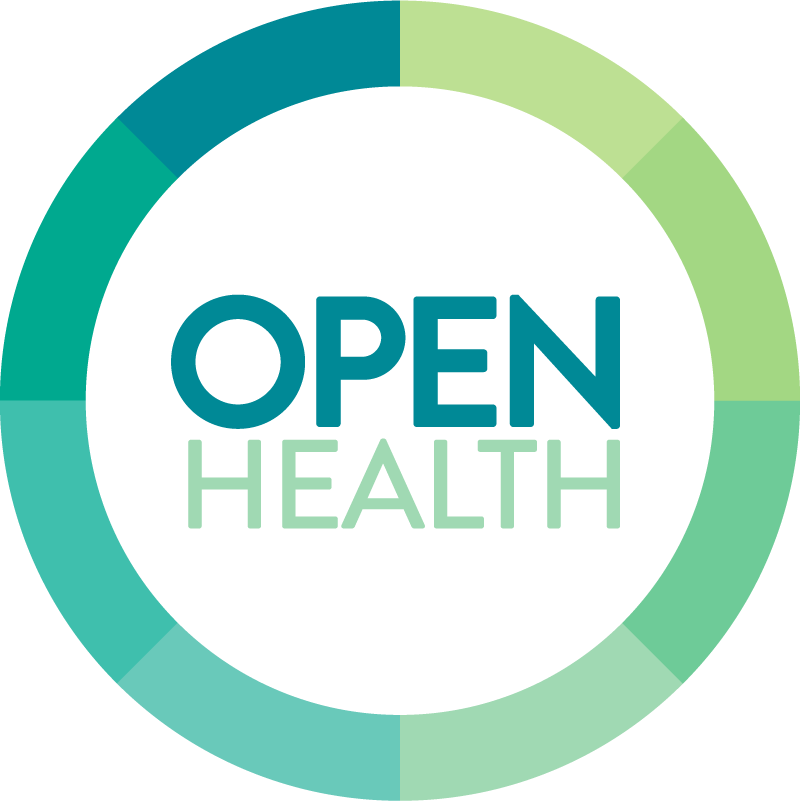Increasing Awareness of Domestic Violence
Lynn Schlossberger, LPC
Increasing awareness of domestic abuse is like aiming your camera at a bird in flight. It keeps changing, as stress increases. According to the National Coalition Against Domestic Violence, 36% of Louisiana women experience abuse from an intimate partner in their lifetimes, and so do 35% of Louisiana men. Most who are severely injured or murdered are women. East Baton Rouge Parish has had 25 domestic violence murders so far in 2021, compared to 19 in all of 2020. In vulnerable populations – anyone marginalized by race, ethnicity, sexual orientation, or disability – the national rate of intimate partner violence over a lifetime may be closer to 50%, according to the director of the Center for Survivor Agency and Justice. Between 2016 and 2018, rates across the US increased significantly. During the first year of the pandemic, with reduced social contact and fewer resources, some cities reported a 20% jump in frequency. It’s another form of pandemic, hidden in plain sight.
Domestic violence, according to NCADV, is the willful intimidation, assault, or abuse that is part of a pattern of power and control by one intimate partner against another. Abusers feel entitled to be in control of their partner at all times. No group is immune. Stereotypes are useless: abusers can look like normal, friendly, productive members of society. We don’t know what goes on behind closed doors, and so we have to wake up to the warning signs.
Abuse is more obvious when it leaves visible bruises, but words can do profound damage too. Abusers blame, shame, and intimidate their partners with threats of violence if they displease their abuser. They often accuse their partners of wrongdoing, as if that somehow justified the violence. They might punch the wall, hide the car keys, break the partner’s cellphone, or use it to check up on them a hundred times a day, control their credit card, isolate them from loved ones, threaten to hurt the dog, or threaten to seek custody of the kids if the abused partner complains. Survivors of abuse – the term “victim” is stigmatizing – have good reason to hesitate to leave. The time when the risk of violence is most severe is during the process of leaving an abusive relationship.
Leaving an abusive relationship is hard. Beyond fear of being assaulted, many survivors struggle because they lack resources. They worry about supporting themselves or their kids. They worry they will not be believed, particularly by law enforcement, but often by family or faith community as well. And of course, they reminisce about the good times. When the perpetrator of violence calms down, they often apologize, buy flowers, and promise it will never happen again. The truth is that the psychopathology behind domestic violence does not go away on its own, and the next time is usually worse. Treatment of perpetrators is available, and it is a long process.
Might someone you care about be at risk? Here are some warning signs. Do they have injuries for which the explanation sounds fishy? Do they manifest a decline in self-esteem? Are they preoccupied by checking in with their partner? Missing appointments without a clear reason? Ask them if something is wrong at home. Be somebody it is safe to tell. Choose a moment when they feel safe. Avoid lecturing. If you are a mandated reporter, include the person in a conversation about how to keep them safe. Model calm in the midst of a storm. Above all, be safe yourself.
For help 24/7, call the National Domestic Violence Hotline at (800) 799-7233.









